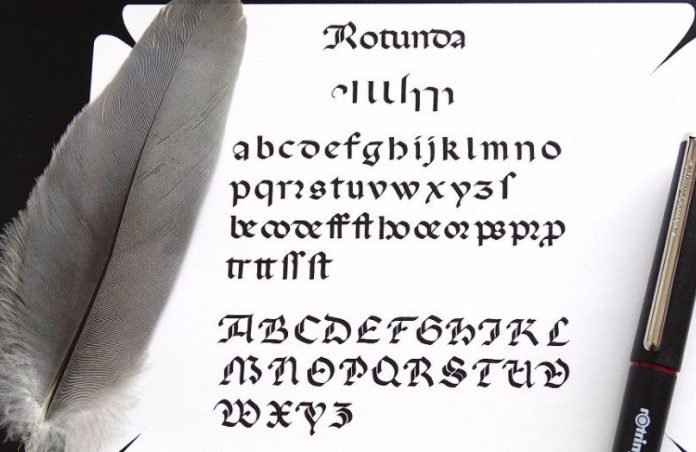If you don’t know anything about fonts, you are going to have a very hard time choosing one: the selection is pretty much infinite, and the names aren’t going to tell you much. If you don’t have a clear idea of what you want in mind, you are going to spend hours and hours researching without finding anything that fits your needs! So be smart and have a bit of an idea of what you want in your mind.

First of all, you need to consider what kind of project you will be creating, as different types of projects are best suited for different types of fonts. Are you creating the logo for a new kindergarten service? Are you writing a long paper on the economic situation of Japan in the 1980s? Creating a fantasy novel, about a centaur, that falls in love with a mermaid? Are you writing the invitations to your next barbeque party? Once you have your idea clear in your mind, we need to tell you about typefaces: typefaces are the different “main styles” or classifications in which we encapsulate fonts, and there are 4 of them (serif, sans serif, script, and slab).
Serif typefaces are ornate, with little lines at the ends of the letters, and they are timeless, elegant, and classic. Serif typefaces are great for novels, books, or stuff that needs to be easy to read. Some serif fonts are Butler, Garamond, or Lusitania.
Sans serif typefaces are a reworking of the serif typeface, and they are just like it except without the little lines at the ends of the letters. This typeface is much more geometrical, serious, and straightforward. They are often used on the web, in phone apps, in essays. Sans serif typefaces are Verdana, Arial, or Franklin Gothic.
Script typefaces are full of ornament and adorn, cute and round, as they try to imitate human calligraphy. Great for logos, headers for websites, or to use in wedding videos. Script typefaces are the Disney font, Palace, or Adorable.
Slab typefaces are very thick and bold in their lettering, without adornment. They are very eye catching, aggressive, and masculine. Great for logos, headers for websites, action movies. Some slab fonts are Penultimate, Josefin, or Zilla Slab.
As you can see, each typeface gives off a very different, distinguishable vibe, so it is important to choose the one that best fits your project. Another important tip is that if you are using two or more fonts for the same project, never use the same typeface for all fonts, especially if they are script or slab: it will just make the text annoying and difficult to read, unstylish and weird and overall a mess if you are creating a logo, an essay, a book. Simply combine typefaces: the habitual is to combine script with serif and slab with sans serif, but we allow you as much creative freedom as you want here! The world is your oyster!
Next is readability. You want your project to be legible, don’t you? Then you need to account for people with disabilities of dyslexia reading it! There are a special type of fonts that have what’s called “high readability,” which means people with dyslexia won’t have as much of a hard time reading a text that uses these fonts. You can find readable fonts in any typeface with a bit of research, so don’t worry about having to use a type of Font that doesn’t fit your project because you need it to be readable. Some readable fonts are comic sans, Helvetica, or Georgia.
If you have a very particular project in mind, it is possible that you need a font that doesn’t exactly fit any of these typefaces. That is OK, it happens, and you can find fonts that don’t fit the conventions: simply go to a font website like fontsly.com and search for whatever you might need: free sexy fonts, Christmas fonts, original fonts, weird fonts, chalk fonts. You can be sure that you are going to find something that fits your project perfectly, no matter how weird or out there it is! So get down to business and find the perfect Font for whatever your project might be!





































